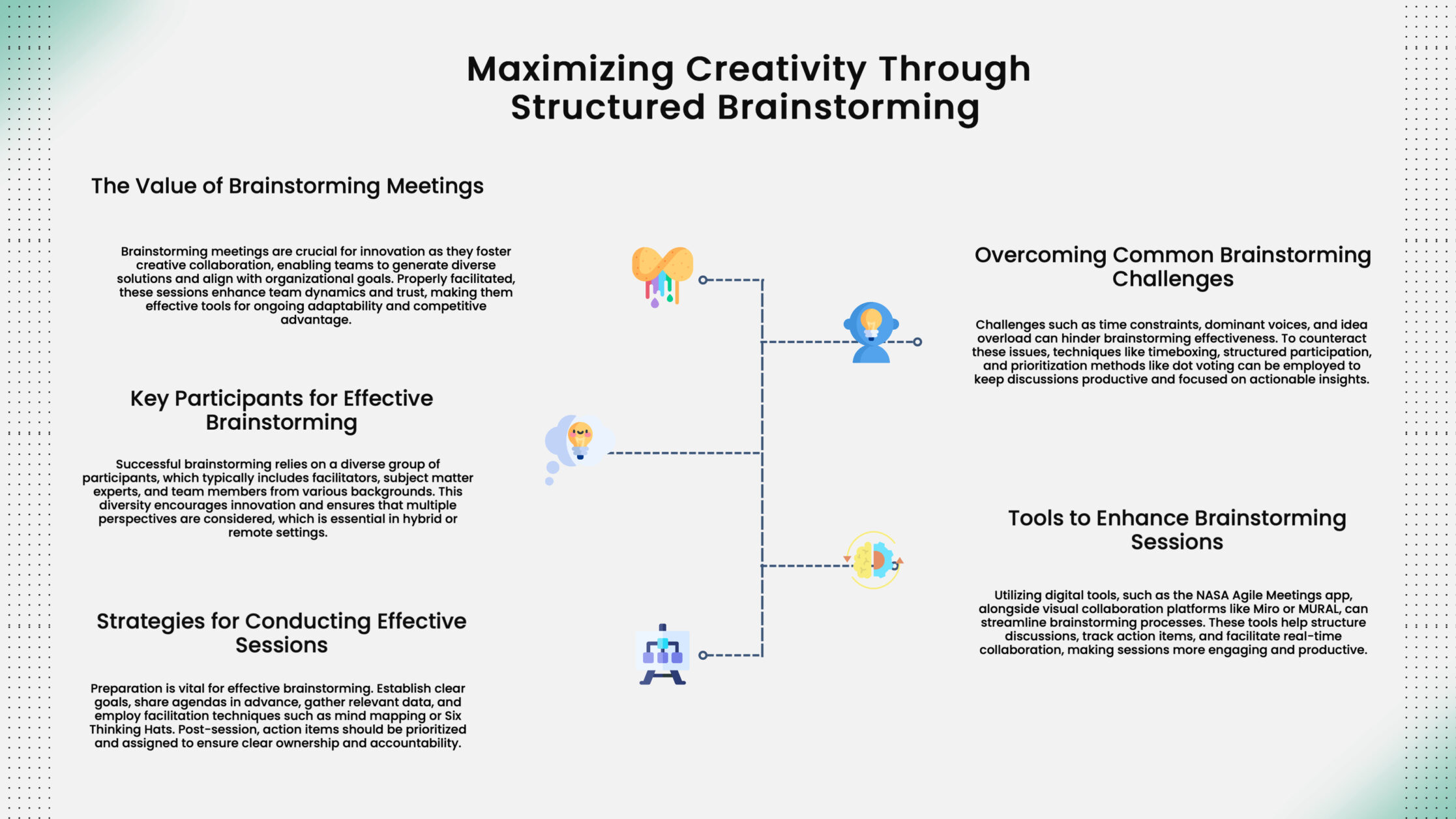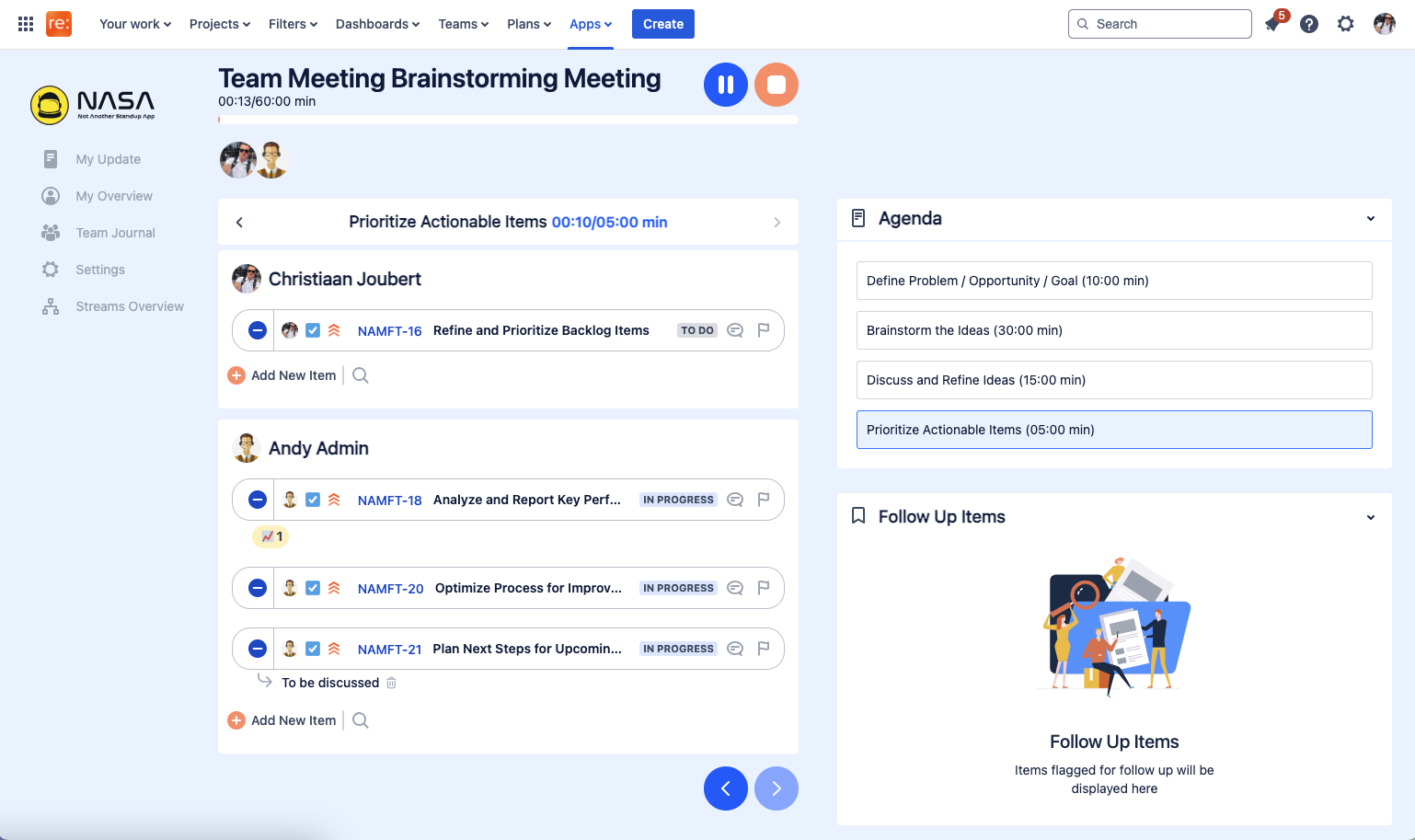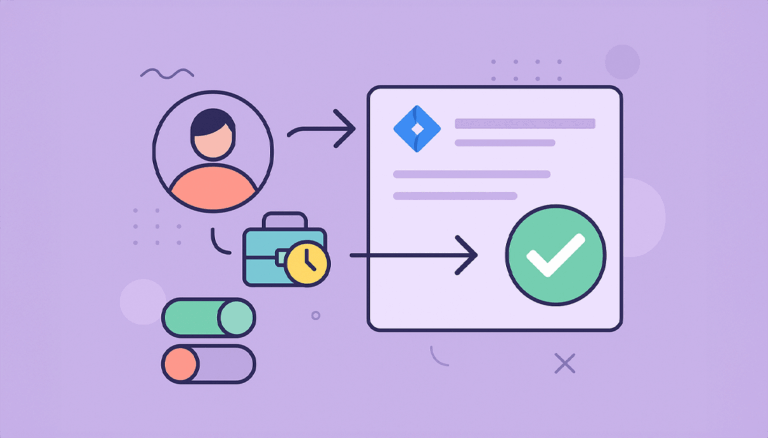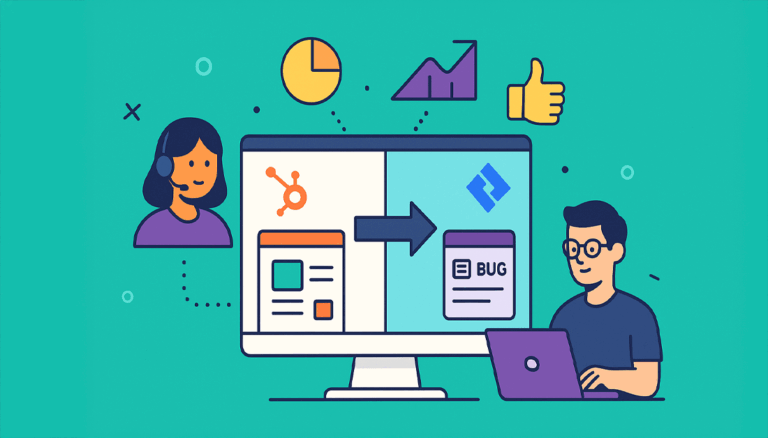Brainstorming meetings are a cornerstone of innovation, offering teams an environment to collaborate, share ideas, and develop solutions. However, without structure and best practices, these meetings can fall short of their potential. In this article, we’ll explore why brainstorming meetings are crucial, who should attend, and how to make them effective. You’ll also learn how the NASA Agile Meetings for Teams app can streamline your brainstorming process.
Key Takeaways
Brainstorming meetings are essential for fostering creativity and collaboration, allowing teams to generate diverse solutions and align on strategic goals.
Key participants include facilitators, subject matter experts, and team members from diverse perspectives to encourage innovation.
Effective brainstorming requires preparation, skilled facilitation, and actionable follow-through to ensure meaningful results.
Understanding Brainstorming Meetings
A brainstorming meeting is a structured session where participants come together to generate and refine ideas. These meetings encourage open dialogue and creative thinking, enabling teams to solve problems, explore opportunities, and align on priorities.
The goal of brainstorming is not just to create a list of ideas but to develop actionable outcomes that align with organizational objectives. By fostering inclusivity and collaboration, brainstorming sessions become a powerful tool for innovation.
Importance of Brainstorming Meetings
Brainstorming meetings drive innovation by fostering creativity and collaboration. These sessions help teams identify solutions to challenges, explore new opportunities, and build alignment across departments.
When conducted effectively, brainstorming also improves team dynamics, builds trust, and creates an environment of inclusivity. Teams that brainstorm regularly can stay agile, adaptable, and ahead of the competition.
Key Objectives of a Brainstorming Meeting
Brainstorming meetings serve several key purposes:
-
Generating diverse ideas: By encouraging creativity, teams can explore a wide range of solutions.
-
Aligning on priorities: Brainstorming helps teams align their ideas with organizational goals.
-
Identifying actionable outcomes: These sessions turn ideas into steps that drive progress.
By focusing on these objectives, brainstorming becomes a tool for innovation and execution.

Who Should Attend a Brainstorming Meeting?
A successful brainstorming meeting depends on the right participants. These typically include:
-
Facilitators: To guide discussions and ensure inclusivity.
-
Subject matter experts: To provide context and specialized knowledge.
-
Team members: From diverse backgrounds to offer varied perspectives.
In hybrid or remote settings, it’s essential to ensure all participants can engage equally, using digital tools to support inclusivity.
Roles and Responsibilities
The facilitator plays a central role in guiding the session, setting the agenda, and ensuring everyone contributes. Participants are responsible for preparing, sharing ideas, and collaborating effectively.
In remote meetings, assigning a role to manage digital tools and capture insights ensures a smooth and productive session.
How to Conduct an Effective Brainstorming Meeting
An effective brainstorming meeting involves preparation, facilitation, and follow-through. Each phase is critical for generating actionable results.
Preparation Steps
Start by defining the session’s goals and creating an agenda that includes time for problem identification, idea generation, and prioritization. Share the agenda in advance so participants can come prepared.
Gather qualitative and quantitative data to provide context, and use tools like brainstorming templates to structure discussions.
Facilitating the Meeting
The facilitator ensures the meeting stays focused and inclusive. Techniques like mind mapping, SCAMPER, and Six Thinking Hats can stimulate creativity and guide discussions.
Encourage quieter participants to share their ideas and manage dominant voices to maintain balance. Tools like the NASA Agile Meetings app can help organize discussions and track contributions in real time.
Creating Action Items
After generating ideas, prioritize them based on impact and feasibility. Assign SMART action items to specific team members, ensuring clear ownership and deadlines.
Common Challenges and Solutions in Brainstorming Meetings
Brainstorming meetings often face hurdles, such as:
-
Time constraints: Allocate time efficiently using timeboxing techniques.
-
Dominant voices: Encourage participation from quieter members through structured turn-taking or anonymous submissions.
-
Idea overload: Use prioritization methods like dot voting to focus on the most impactful ideas.
-
Follow-through issues: Assign owners and deadlines for action items to ensure accountability.
Managing Time Effectively
Timeboxing discussions keeps meetings productive and prevents tangents. Create a detailed agenda and share it in advance so participants can prepare.
Break long sessions into manageable segments, incorporating short breaks to refresh focus.
Encouraging Open Communication
Open communication requires psychological safety. Start with icebreakers to set a positive tone and use techniques like round-robin sharing to ensure every voice is heard.
Active listening and acknowledging contributions create an inclusive environment that encourages creativity.
Ensuring Follow-through on Action Items
Turning ideas into action is critical for effective brainstorming. Document all ideas, categorize them, and assign SMART action items with clear owners and deadlines.
Using tools like the NASA Agile Meetings app helps track progress and maintain accountability.
Tools and Techniques for Classic Brainstorming Meetings
The right tools and techniques can enhance great brainstorming sessions:
-
NASA Agile Meetings app: Provides templates, tracks action items, and integrates with JIRA for seamless workflows.
-
Miro and MURAL: Ideal for visual collaboration.
-
SCAMPER, Mind Mapping, Six Thinking Hats: Frameworks that guide discussions and stimulate creativity.
Popular Brainstorming Techniques
-
Brainwriting: Participants write ideas silently before sharing, reducing pressure and promoting inclusivity.
-
Dot Voting: Helps prioritize ideas by allowing participants to vote on their favorites.
-
Start-Stop-Continue: Focuses on actionable changes for improvement.
-
The 5 Whys: Identifies root causes of problems by repeatedly asking “why.”
Leveraging the NASA Agile Meetings for Teams App
The NASA Agile Meetings app is designed to streamline brainstorming sessions:
-
Customizable templates: Ensure focused and productive discussions.
-
Real-time collaboration: Engage participants seamlessly, regardless of location.
-
Asynchronous input: Accommodate diverse schedules and time zones.
-
Action item tracking: Assign responsibilities and deadlines directly within the app.
-
Integration with JIRA: Link outcomes to project workflows for smooth execution.

Summary
Brainstorming meetings are a powerful tool for driving innovation and collaboration. By addressing challenges, managing time effectively, encouraging open communication, and leveraging tools like the NASA Agile Meetings app, teams can turn creative ideas into actionable outcomes.
Master Your Brainstorming Meetings Today
Brainstorming meetings are more than idea-generation—they’re the cornerstone of innovation and collaboration. With NASA Agile Meetings for Teams, you can transform the way you ideate, ensuring every session is engaging, productive, and results-driven.
Spark Creativity and Deliver Results with These Features:
-
Inclusive Collaboration Tools: Empower every team member to share ideas, whether in-person or remote.
-
Structured Brainstorming Frameworks: Leverage proven techniques like SCAMPER, mind mapping, and Crazy Eights to guide discussions.
-
Idea Synthesis and Prioritization: Effortlessly organize and refine raw ideas into actionable strategies.
Take Action Now:
-
See NASA in Action: Schedule a demo to discover how our platform energizes brainstorming sessions and converts creativity into innovation.
-
Learn More: Explore our Product Page for expert tips on engaging diverse teams and driving actionable outcomes.
-
Download Now: Get NASA Agile Meetings for Teams on the Atlassian Marketplace and redefine your brainstorming strategy today.
Ready to transform your brainstorming sessions into a launchpad for innovation? Take the next step with NASA Agile Meetings for Teams.
Frequently Asked Questions
Why are brainstorming templates important?
They foster creativity, collaboration, and problem-solving, allowing teams to align on innovative solutions.
How can we ensure effective time management in brainstorming meetings?
Use timeboxing, detailed agendas, and structured frameworks to keep discussions on track.
What tools enhance brainstorming sessions?
The NASA Agile Meetings app, Miro, and Six Thinking Hats provide structure and organization for effective idea generation.
What are popular brainstorming techniques?
Brainwriting, dot voting, and mind mapping are effective ways to generate and prioritize ideas.
How can we ensure follow-through on brainstorming outcomes?
Assign SMART action items with clear ownership, track progress, and revisit them in follow-up sessions.
Mastering the Brainstorming Session: Effective Strategies for Success
What is a Brainstorming Session?
-
A brainstorming session is a collaborative meeting where team members generate new ideas or solutions through open and free-flowing discussions.
-
The primary goal is to encourage diverse perspectives and innovative thinking without immediate judgment or criticism.
-
A brainstorming session can be used to solve problems, improve processes, or develop new products.
-
It’s a great way to build unity among team members and flesh out ideas in a non-judgmental environment.
-
Brainstorming sessions can be held in person or remotely, using digital tools to facilitate collaboration.
Benefits of Brainstorming
-
Brainstorming allows for exploring innovative and out-of-the-box concepts that might not be approached otherwise.
-
It encourages collaboration and open communication among team members.
-
Brainstorming can generate a large number of ideas quickly, allowing for refinement and selection of the best solutions.
-
It fosters creative thinking, idea generation, and problem-solving skills.
-
Brainstorming sessions can enhance team cohesiveness, which is vital for successful projects.
Preparing for a Successful Brainstorming Session
-
Define the topic or problem to be addressed and set clear boundaries for the session.
-
Review what the team already knows about the topic or problem.
-
Set a brainstorming session agenda and select a brainstorming technique.
-
Choose the right tools for your brainstorming session, such as sticky notes, whiteboards, or online collaboration software.
-
Ensure that all team members are familiar with the tools and can use them effectively.
Conducting an Effective Brainstorming Session
-
Start the session by setting the tone and establishing ground rules.
-
Encourage active participation and open communication among team members.
-
Use techniques like mind mapping and free writing to generate new ideas.
-
Focus on quantity, encouraging team members to share their ideas freely without worrying about criticism or judgment.
-
Avoid criticism or judgment of ideas, and focus on building on and refining them.
Strategies for Effective Brainstorming Sessions
-
Use the “Solo – Small – Large” approach to give introverts and ambiverts a chance to share and not let extroverts dominate the conversation.
-
Connect seemingly unrelated ideas to spark true innovation and find novel ways to combine diverse concepts.
-
Use activities like putting nature pictures on the table and asking participants to devise a way to integrate them into the topic of the brainstorming session.
-
Encourage team members to think outside the box and share unconventional ideas.
-
Use online brainstorming software to facilitate remote brainstorming sessions.
Managing Group Dynamics and Participation
-
Establish a clear goal for the brainstorming session and ensure everyone understands it.
-
Encourage team members to come prepared with ideas to share.
-
Use techniques like “what if” and “how might we” to encourage creative thinking.
-
Set a timer to keep the session focused and on track.
-
Consider limiting the team size to 10 or fewer members to ensure everyone has a chance to contribute.
Maximizing Output and Implementation
-
Focus on generating a large number of ideas quickly, rather than waiting for the “perfect” idea.
-
Encourage team members to build on and refine each other’s ideas.
-
Use techniques like mind mapping and free writing to generate new ideas.
-
Consider using online collaboration software to facilitate remote brainstorming sessions.
-
Assign owners to action items and attach due dates to move work forward.
Measuring Success and Evaluating Brainstorming Sessions
-
Evaluate the success of the brainstorming session based on the number and quality of ideas generated.
-
Assess the level of participation and engagement among team members.
-
Gather feedback from team members to improve future brainstorming sessions.
-
Use metrics like the number of ideas generated, the number of ideas implemented, and the impact on the organization.
-
Consider using surveys or feedback forms to gather feedback.




